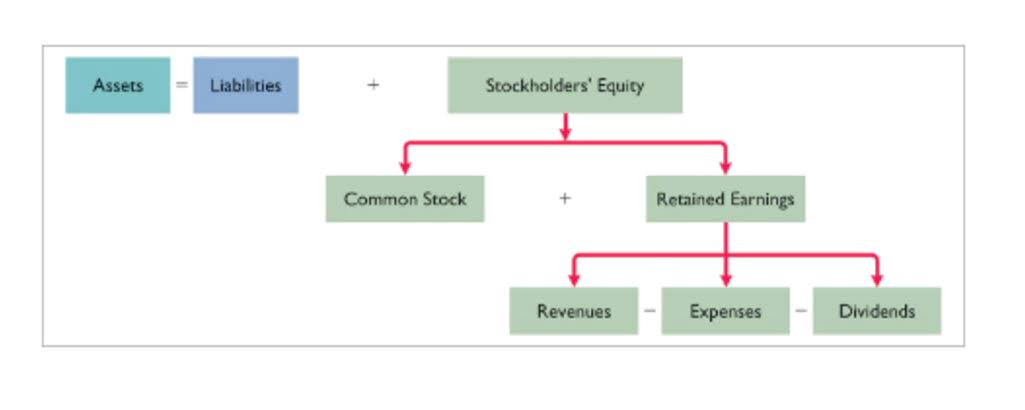
The overarching objective of calculating the contribution margin is to figure out how to improve operating efficiency by lowering each product’s variable costs, which collectively contributes to higher profitability. To calculate the contribution margin, we must deduct the variable cost per unit from the price per unit. It represents the incremental money generated for each product/unit sold after deducting the variable portion of the firm’s costs. For this section of the exercise, the key takeaway is that the CM requires matching the revenue from the sale of a specific product line, along with coinciding variable costs for that particular product.
Very low or negative contribution margin values indicate economically nonviable products whose manufacturing and sales eat up a large portion of the revenues. Along with the company management, vigilant investors may keep a close eye on the contribution contribution margin equation margin of a high-performing product relative to other products in order to assess the company’s dependence on its star performer. Investors and analysts may also attempt to calculate the contribution margin figure for a company’s blockbuster products.
Contribution Margin Ratio Calculation Example
For instance, a beverage company may have 15 different products but the bulk of its profits may come from one specific beverage. Another common example of a fixed cost is the rent paid for a business space. A store owner will pay a fixed monthly cost for the store space regardless of how much goods are sold. Next, the CM ratio can be calculated by dividing the amount from the prior step by the price per unit.

For a quick example to illustrate the concept, suppose there is an e-commerce retailer selling t-shirts online for $25.00 with variable costs of $10.00 per unit. While there are various profitability metrics – ranging from the gross margin down to the net profit margin – the contribution margin (CM) metric stands out for the analysis of a specific product or service. On the other hand, the gross margin metric is a profitability measure that is inclusive of all products and services offered by the company. In particular, the use-case of the CM metric tends to be most practical for companies to set prices on their products and services appropriately to maximize their revenue growth and profitability. Instead of looking at the profitability of a company on a consolidated basis with all products grouped together, the contribution margin enables product-level margin analysis on a per-unit basis.
When to Use Contribution Margin Analysis
Variable costs tend to represent expenses such as materials, shipping, and marketing, Companies can reduce these costs by identifying alternatives, such as using cheaper materials or alternative shipping providers. We’ll next calculate the contribution margin and CM ratio in each of the projected periods in the final step. The 60% ratio means that the contribution margin for each dollar of revenue generated is $0.60. Given how the CM examines the product-level breakdown of each dollar that comes in and how it contributes to generating profit, the break-even point (BEP) cannot be calculated without determining the CM. The analysis of the contribution margin facilitates a more in-depth, granular understanding of a company’s unit economics (and cost structure). The companies that operate near peak operating efficiency are far more likely to obtain an economic moat, contributing toward the long-term generation of sustainable profits.
- Investors examine contribution margins to determine if a company is using its revenue effectively.
- Furthermore, the insights derived post-analysis can determine the optimal pricing per product based on the implied incremental impact that each potential adjustment could have on its growth profile and profitability.
- Where C is the contribution margin, R is the total revenue, and V represents variable costs.
- However, these fixed costs become a smaller percentage of each unit’s cost as the number of units sold increases.
- A key characteristic of the contribution margin is that it remains fixed on a per unit basis irrespective of the number of units manufactured or sold.
If the contribution margin for an ink pen is higher than that of a ball pen, the former will be given production preference owing to its higher profitability potential. Such decision-making is common to companies that manufacture a diversified portfolio of products, and management must allocate available resources in the most efficient manner to products with the highest profit potential. Profit margin is calculated using all expenses that directly go into producing the product. Low values of contribution margins can be observed in the labor-intensive industry sectors like manufacturing as the variable costs are higher, while high values of contribution margins are prevalent in the capital-intensive sectors. The contribution margin is the foundation for break-even analysis used in the overall cost and sales price planning for products.
Contribution Margin Formula
While contribution margins only count the variable costs, the gross profit margin includes all of the costs that a company incurs in order to make sales. The contribution margin is computed as the selling price per unit, minus the variable cost per unit. Also known as dollar contribution per unit, the measure indicates how a particular product contributes to the overall profit of the company. A key characteristic of the contribution margin is that it remains fixed on a per unit basis irrespective of the number of units manufactured or sold. On the other hand, the net profit per unit may increase/decrease non-linearly with the number of units sold as it includes the fixed costs.
Here, we are calculating the CM on a per-unit basis, but the same values would be obtained if we had used the total figures instead. All else being equal, the greater the contribution margin (CM) of each product, the more profitable the company is going to be, with more cash available to meet other expenses. Furthermore, the insights derived post-analysis can determine the optimal pricing per product based on the implied incremental impact that each potential adjustment could have on its growth profile and profitability. The best contribution margin is 100%, so the closer the contribution margin is to 100%, the better. The higher the number, the better a company is at covering its overhead costs with money on hand.
This is one of several metrics that companies and investors use to make data-driven decisions about their business. As with other figures, it is important to consider contribution margins in relation to other metrics rather than in isolation. The contribution margin can help company management select from among several possible products that compete to use the same set of manufacturing resources. Say that a company has a pen-manufacturing machine that is capable of producing both ink pens and ball-point pens, and management must make a choice to produce only one of them.
- On the other hand, variable costs are costs they depend on the amount of goods and services a business produces.
- Instead of looking at the profitability of a company on a consolidated basis with all products grouped together, the contribution margin enables product-level margin analysis on a per-unit basis.
- However, this strategy could ultimately backfire, and hurt profits if customers are unwilling to pay the higher price.
- The contribution margin represents the revenue that a company gains by selling each additional unit of a product or good.
- All else being equal, the greater the contribution margin (CM) of each product, the more profitable the company is going to be, with more cash available to meet other expenses.
- These cost components should not be considered while taking decisions about cost analysis or profitability measures.
- Along with the company management, vigilant investors may keep a close eye on the contribution margin of a high-performing product relative to other products in order to assess the company’s dependence on its star performer.
The profitability of our company likely benefited from the increased contribution margin per product, as the contribution margin per dollar increased from $0.60 to $0.68. To perform a more detailed analysis on either a quarterly or year-over-year (YoY) basis – or comparisons to comparable companies operating in the same industry – the CM metric can be divided by revenue to get the CM ratio. The contribution margin ratio is calculated as (Revenue – Variable Costs) / Revenue. Investors examine contribution margins to determine if a company is using its revenue effectively. A high contribution margin indicates that a company tends to bring in more money than it spends.